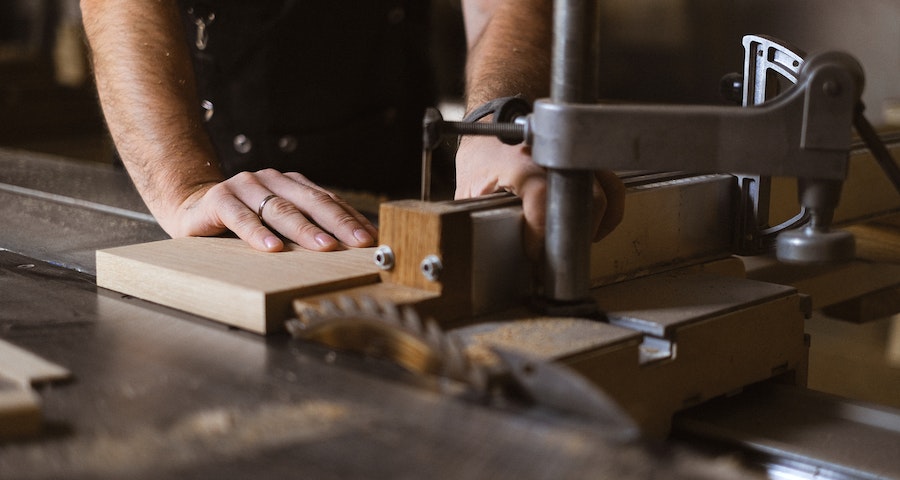
The table saw is one of the most commonly used tools in any woodworking project, but it can be frustrating when you don’t have the proper fence. A good table saw fence is essential for every woodworker, as it allows for accurate, clean cuts. Not everyone has the budget to buy expensive fences, but the good news is that you can build one yourself. In this blog post, we’ll explore how to make a good table saw fence without breaking the bank.
Contents
Measure the saw table
The first step in building a table saw fence is to measure the length and width of your saw table. Most saws will have an L-shaped groove on the surface where the fence rests against; this is where you will mount your fence. Once you have your measurements, you can start to cut the saw fence rails.
Cut the rails
The rails are the long pieces that run parallel to the saw blade and are used to guide the fence. You will need two identical lengths of wood that are straight and level. A good option is to use aluminum or steel extrusions, which are lightweight and durable. Cut the rails with a miter saw or handsaw to the exact length of the saw table.
Attach the rails to the saw table
With your rails cut to size, you can now mount them onto your saw table. Place them in the L-shaped groove in your table and use clamps to hold them securely in place. You can choose to glue or screw the rails to the table for added stability.
Build the fence
With the rails mounted securely, you can now build your fence. It can be made out of any contrasting material, such as wood, plastic, or aluminum angle, and should fit snugly between the rails. Cut your fence to size, keeping in mind that it should be taller than the saw blade. Use bolts or screws to mount your fence to your rails, and be sure to check it is square to the blade.
Make micro adjustments
Micro adjustments are small movements that fine-tune the fence’s positioning, allowing for perfect cuts. The most common way of making micro adjustments is to install a threaded rod on the fence, which will allow for precise movements. You can then add a large knob to make the adjustments more controllable.
Conclusion
Having a good table saw fence is essential for anyone who wants to make clean and accurate cuts. This post has shown that building a fence doesn’t have to be complicated or expensive. By following these steps, you can make a fence that suits your saw and is easy to use, allowing you to get the results you want. With a little time and patience, you can improve your woodworking skills and take on more intricate projects with the confidence that a good fence offers.
